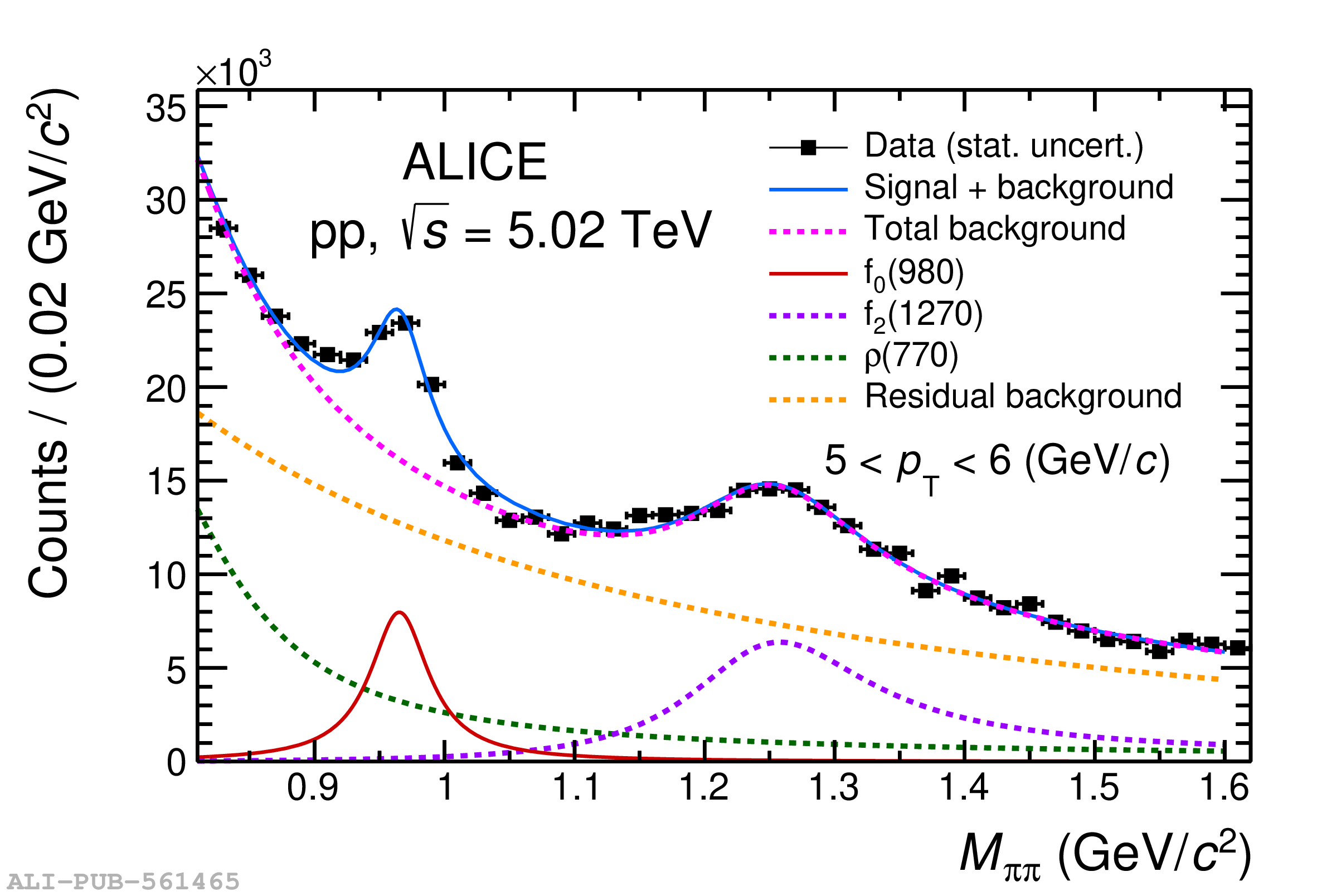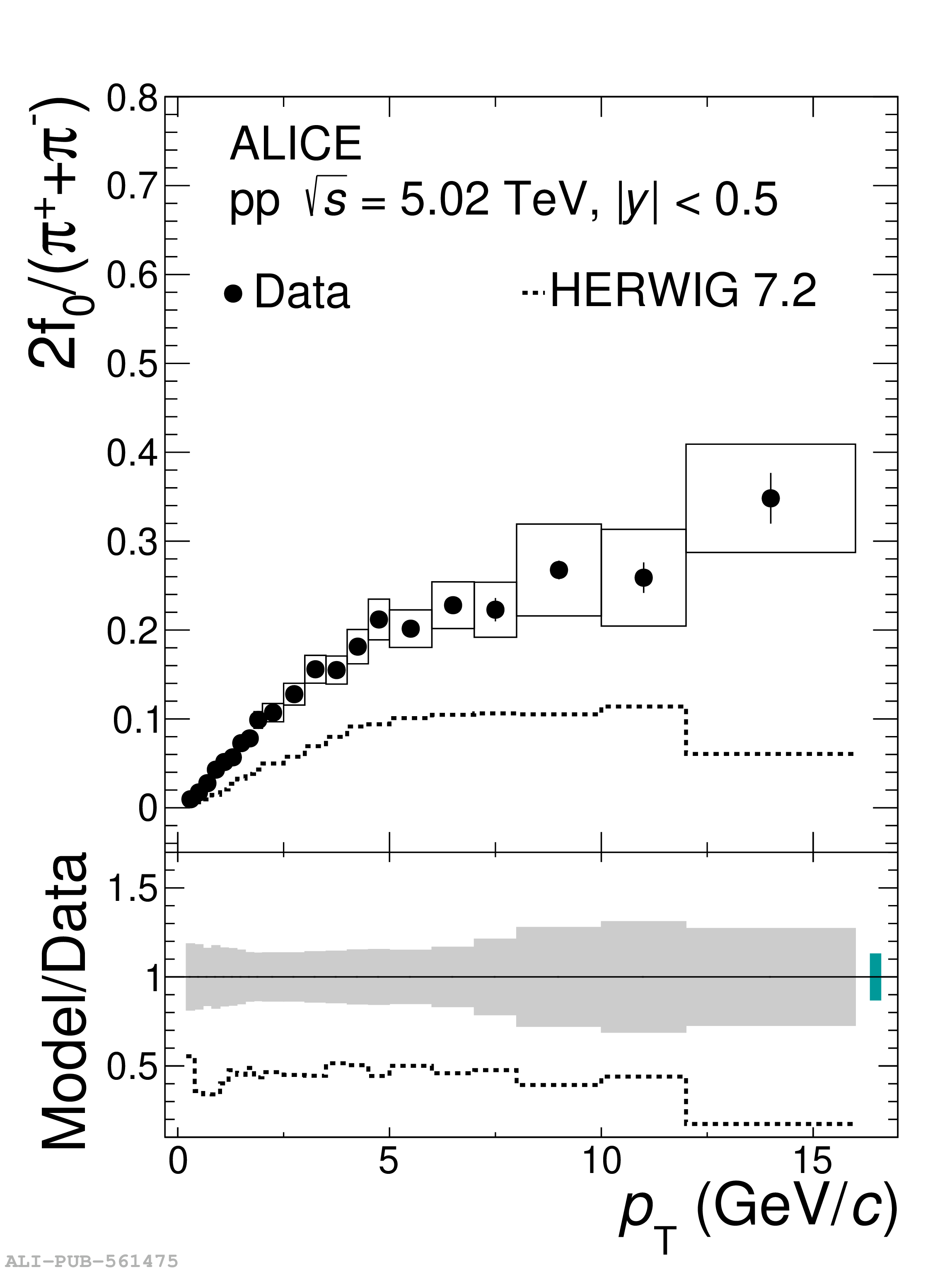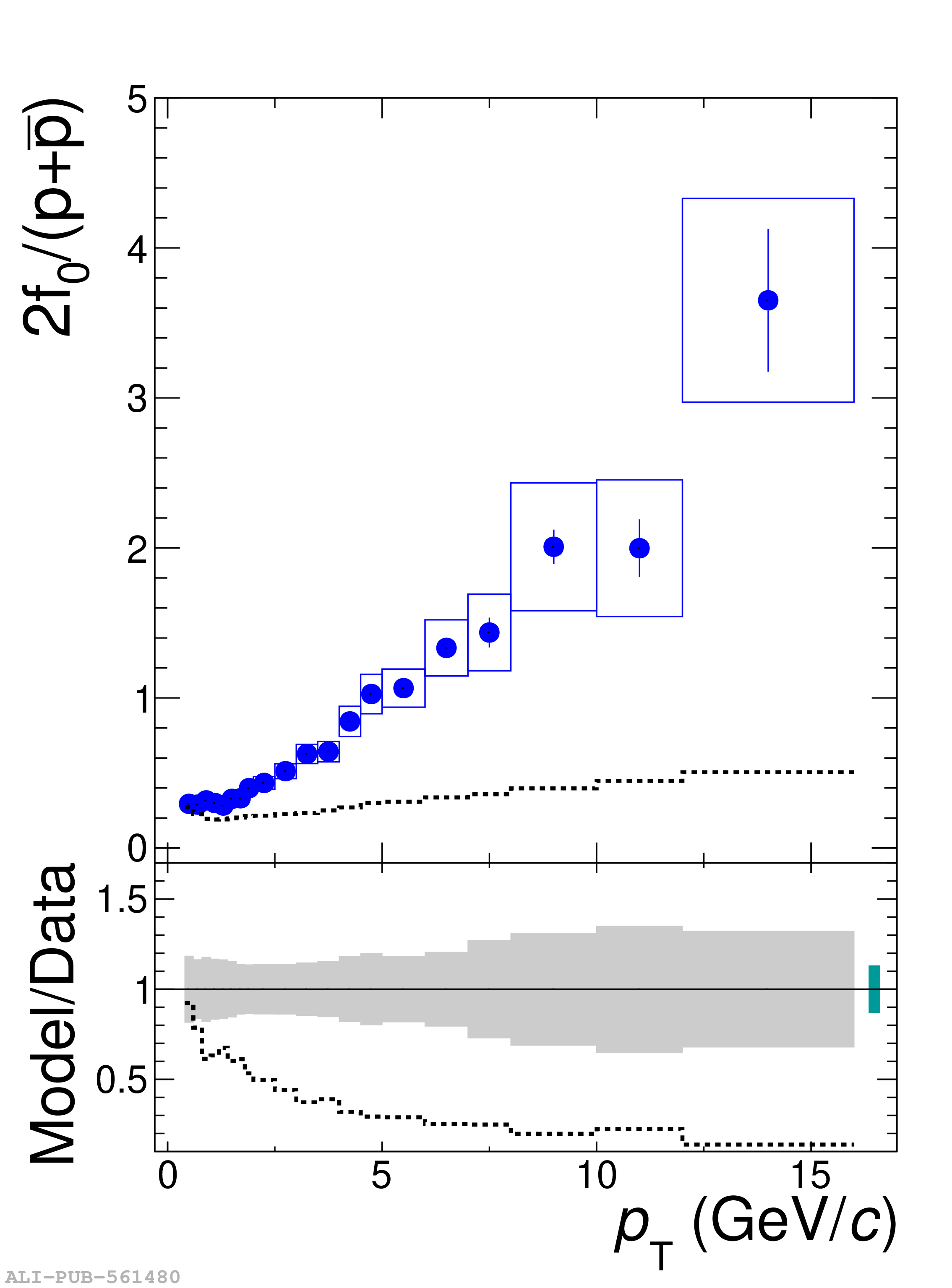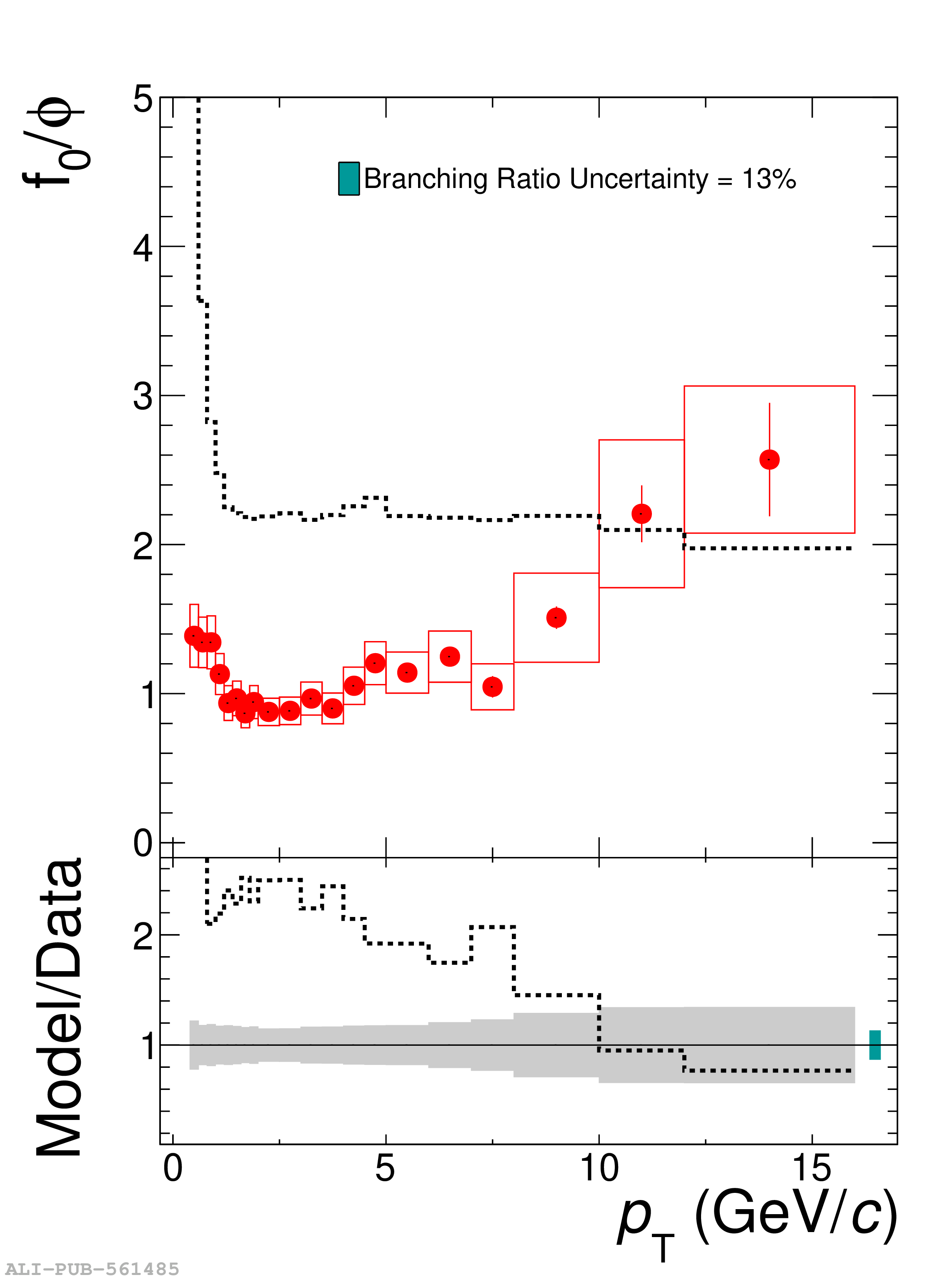The measurement of the production of ${\rm f}_{0}(980)$ in inelastic pp collisions at $\sqrt{s} = 5.02$ TeV is presented. This is the first reported measurement of inclusive ${\rm f}_{0}(980)$ yield at LHC energies. The production is measured at midrapidity, $|y| <~ 0.5$, in a wide transverse momentum range, $0 <~ p_{\rm T} <~ 16$ GeV/$c$, by reconstructing the resonance in the ${\rm f}_{0}(980) \rightarrow \pi^{+}\pi^{-}$ hadronic decay channel using the ALICE detector. The $p_{\rm T}$-differential yields are compared to those of pions, protons and $\phi$ mesons as well as to predictions from the HERWIG 7.2 QCD-inspired Monte Carlo event generator and calculations from a coalescence model that uses the AMPT model as an input. The ratio of the $p_{\rm T}$-integrated yield of ${\rm f}_{0}(980)$ relative to pions is compared to measurements in ${\rm e}^{+}{\rm e}^{-}$ and pp collisions at lower energies and predictions from statistical hadronisation models and HERWIG 7.2. A mild collision energy dependence of the ${\rm f}_{0}(980)$ to pion production is observed in pp collisions from SPS to LHC energies. All considered models underpredict the $p_{\rm T}$-integrated $2{\rm f}_{0}(980)/(\pi^{+}+\pi^{-})$ ratio. The prediction from the canonical statistical hadronisation model assuming a zero total strangeness content of ${\rm f}_{0}(980)$ is consistent with the data within 1.9$\sigma$ and is the closest to the data. The results provide an essential reference for future measurements of the particle yield and nuclear modification in p$-$Pb and Pb$-$Pb collisions, which have been proposed to be instrumental to probe the elusive nature and quark composition of the ${\rm f}_{0}(980)$ scalar meson.
Phys. Lett. B 846 (2023) 137644
HEP Data
e-Print: arXiv:2206.06216 | PDF | inSPIRE
CERN-EP-2022-126
Figure group








